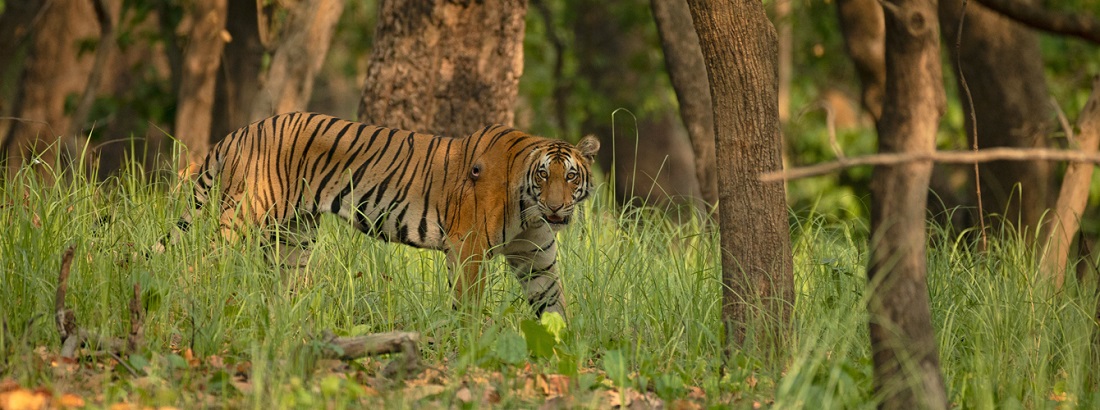Nestled in the foothills of the Shivalik range, Rajaji National Park stands as a testament to India's rich natural heritage and biodiversity. Spanning over 820 square kilometers across the states of Uttarakhand and Uttar Pradesh, this sprawling park is named after C. Rajagopalachari, the last Governor-General of India. Established in 1983 by merging three wildlife sanctuaries – Rajaji, Motichur, and Chilla – the park has become a significant conservation area, safeguarding numerous species of flora and fauna.
Biodiversity Haven
Rajaji National Park is a microcosm of the larger Himalayan ecosystem, hosting a plethora of biodiversity within its boundaries. The park's diverse terrain, which includes lush forests, riverine landscapes, and grasslands, supports a wide variety of plant and animal life.
Flora: The vegetation in Rajaji is a mix of sal forests, riverine forests, broadleaved mixed forests, scrubland, and grassy meadows. The sal tree (Shorea robusta) is predominant, painting large swathes of the park with its distinctive foliage. The diversity of plant life not only contributes to the scenic beauty but also provides critical habitats for the wildlife.
Fauna: Rajaji is renowned for its population of Asian elephants, with an estimated 500 elephants roaming the park. The park is also home to tigers, leopards, deer (such as the spotted deer and sambar deer), and the Himalayan black bear. Birdwatchers find Rajaji a paradise with over 300 bird species recorded, including the great pied hornbill, black stork, and the lineated barbet. The park's rivers and streams are inhabited by various species of fish and serve as a lifeline for both the animals and the local communities.
Ecotourism and Education
Rajaji National Park is not just a haven for wildlife but also a center for ecotourism and environmental education. The park offers various opportunities for nature enthusiasts to explore its wonders, from jeep safaris to guided nature walks. The scenic beauty, combined with the chance to witness wildlife in their natural habitat, attracts thousands of visitors each year.
Educational programs and nature camps are organized to raise awareness about the importance of conservation and the need to protect our natural heritage. These initiatives are crucial in fostering a sense of responsibility and stewardship towards the environment among the younger generations.
Conclusion
Rajaji National Park stands as a beacon of hope in the conservation landscape of India. Its rich biodiversity, significant conservation efforts, and role in promoting ecotourism and environmental education highlight the importance of preserving such natural treasures. As we continue to face global environmental challenges, places like Rajaji remind us of the intricate beauty of nature and our duty to protect it for future generations.


